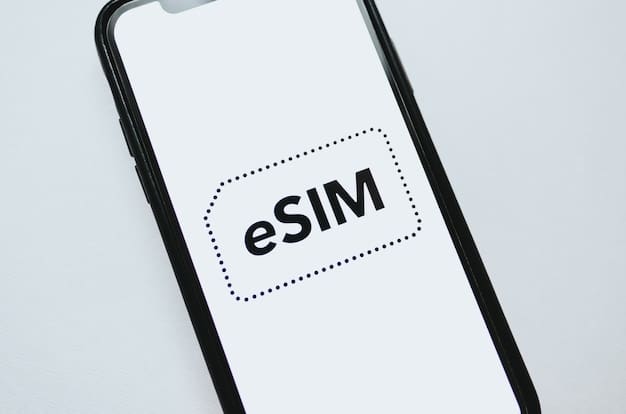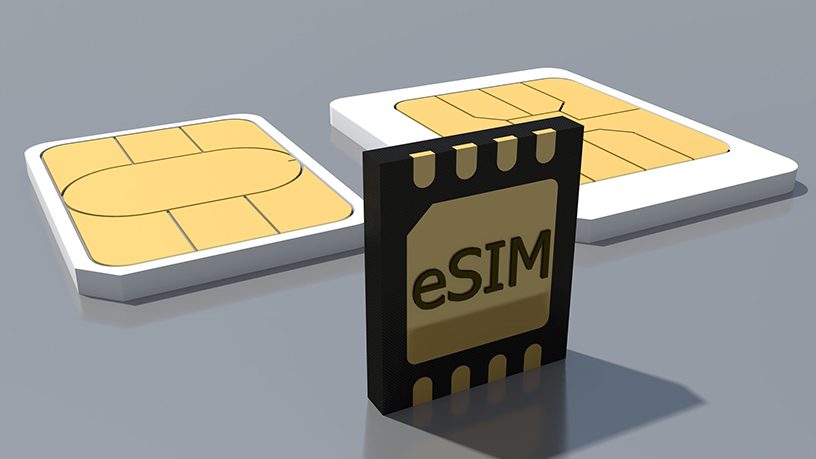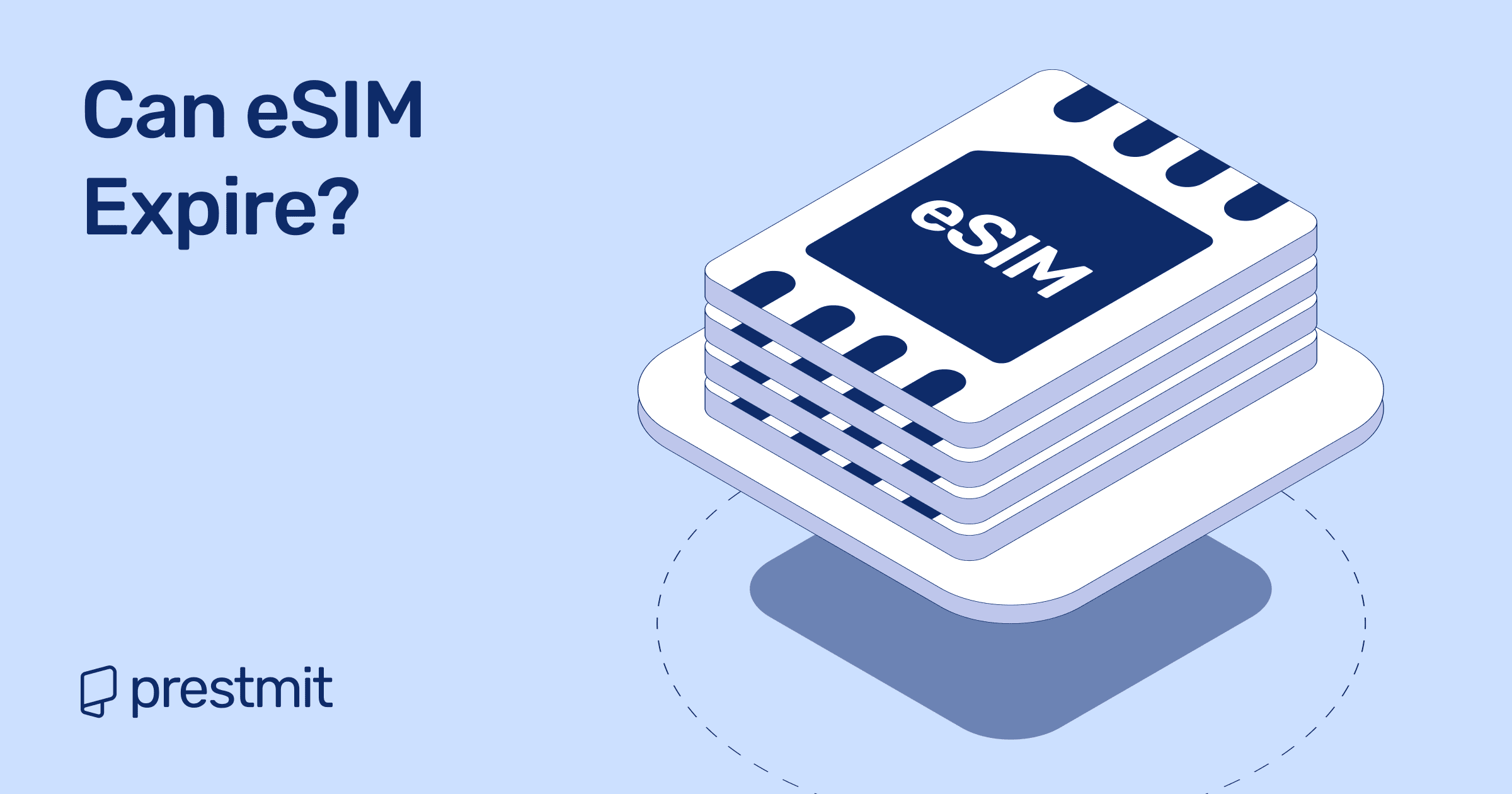Table of Contents
The first time I travelled to the UK was one of the most memorable events of my life. I had heard so many nice things about the UK from friends and family who lived there at the time and I couldn’t wait to get there and experience the many beautiful things I heard. I have quite a large following on social media and I love to document my travel experience so I was advised to get an eSIM to save me the stress of looking for a physical SIM card when I arrive in the UK.
I got the eSIM and everything was set one week before my departure. It was a beautiful Saturday morning when I arrived at Heathrow Airport and I wanted to start sharing my UK experience with my social media followers immediately. But I got the shock of my life when I found out that my eSIM no longer worked! It turns out my data plan only had one week’s validity and I had no idea because I didn’t understand how eSIM validity and lifespan worked.
Two years on, I’m now a pro when it comes to using eSIMs on my travels and I’ve never been caught unawares again. So you have no idea how eSIM validity and lifespan work, this article is for you.
This article will take you through everything you need to know about eSIM validity including the factors that affect its validity, how to check your eSIM status and validity, what happens when your eSIM expires, etc.
Do eSIMs Expire?

Yes, eSIMs expire which are tied to the mobile plan or data package. The expiry date of prepaid eSIM data plans can range from 7 days to 90 days, depending on the duration of the plan you buy. But postpaid plans remain active as long as you keep paying your monthly bill.
Factors Affecting eSIM Profile Validity
1. Your eSIM provider’s policies
Every eSIM provider has its own policies when it comes to eSIM validity. Some eSIMs keep your profile active for a long time, even if you exhaust your data plan or it expires. This allows users to buy new plans for use later. However, some eSIM providers have stricter policies and they deactivate your profile after a specified number of inactive days. For example, a travel eSIM provider might deactivate your profile if you don’t use it within 30 days of purchase.
2. Data plans
Prepaid eSIMs are usually used for short-term needs like traveling. You pay in advance for a specific data plan or call minutes, and the plan has an expiry date which could be a day, 7, 14, 30, or 90 days, depending on which one you choose.
Your data plan would stop working after the validity period elapsed even if you haven’t used up all the data. On the other hand, postpaid eSIMs work with a regular monthly subscription and remain active as long as you keep paying your subscription. However, your eSIM will become inactive once you cancel your plan or stop paying your subscription fees.
3. Inactivity or lack of usage
Some eSIM providers can deactivate your eSIM due to inactivity after a long time. This is common with prepaid travel eSIMs, but local carriers sometimes follow the same rule to clear inactive profiles from their system. It’s advisable to use your eSIM occasionally, even if it’s just for a short call or a few minutes of browsing to prevent it from being deactivated.
4. Device limitations and storage slot
Although you can use multiple eSIMs on your smartphone at once, there’s a limit. For example, most iPhones allow you to store several profiles but only two can be active at the same time. If you run out of storage slots and delete an old profile to make space, you may not be able to get that profile back without help from your carrier. This means that even if your eSIM profile hasn’t technically “expired,” you could lose it if you delete it before you’re sure you no longer need it.
5. Country restrictions
In some countries, telecom regulators set their own rules about SIM validity. For instance, in certain regions, mobile numbers must be used within a specific period or they are recycled. This rule can affect your eSIM as well. If your eSIM plan includes a phone number, it might be recalled by the carrier if the plan stays inactive for too long.
How to Check Your eSIM Status and Validity
- Check your eSIM provider’s app or website: Most eSIM providers have apps or websites where you can log in and see your balance, plan validity, and renewal date.
- Phone settings: To check your eSIM status and validity on iPhone: Go to Settings > Cellular (or Mobile Data). Select your eSIM line to see details about its status. On Android: Go to Settings > Connections > SIM Manager (or Mobile Networks). Your active and inactive eSIMs will be listed.
- Customer support: If you aren’t sure after checking on your provider’s app or if your phone shows confusing information, you can reach out to your provider’s customer support team to confirm whether your plan is still valid and when it will expire.
What Happens When Your eSIM Expires?

1. Loss of service
You won’t be able to make calls, send texts, or use mobile data once your eSIM expires. Your phone may still show the profile, but it won’t connect to the network.
2. Dormant profile
In many cases, the eSIM profile stays on your phone but it’ll be dormant. You can reactivate it by purchasing a new plan from the same provider.
3. Permanent deactivation (in some cases)
Some providers deactivate expired eSIMs from their system. If that happens, you’ll need to buy a new eSIM.
4. Grace periods
Some eSIM providers usually offer a short grace period after your plan expires. You can recharge your plan without losing your profile during this time.
Best Practices For Managing eSIM Validity
1. Keep track of your plan’s expiry dates
Every prepaid eSIM plan comes with a clear validity period. Some last only 7 days, others 30 or 90 days. It’s important to know the exact date when your plan will expire. You can mark the date in your calendar or set a reminder on your phone if you are traveling. This way, you won’t wake up one morning in another country and find out your plan has expired while you slept.
2. Renew your plan before it expires
Many eSIM providers allow you to buy more data or extend your plan before the existing one expires. This will help you to avoid sudden network disruptions. It is important to always renew your plans early, especially if you use your eSIM for work or staying in touch while abroad.
3. Don’t delete expired profiles immediately
It’s advisable to keep your eSIM profile saved on your phone even after its expiry. Many eSIM providers will let you recharge the same profile later. You may need to buy a new eSIM if you delete your profile too quickly and this can be more stressful and time-consuming especially if you don’t have Wi-Fi access at the moment.
4. Save your activation information
Your eSIM will give you a QR code or activation details when you first install an eSIM. Always keep this information in a safe place-either take a screenshot, save the email, or write it down. You’ll need these details if you need to reinstall the eSIM later (for example, if you switch phones or reset your device).
5. Use the eSIM from time to time
Some eSIM providers deactivate profiles if they are not used for a long time. Ensure you use your eSIM at least once in a while to avoid being deactivated.
6. Use top-up or add-on options
One of the best things about eSIMs is that you don’t always need to buy a new one when your plan expires. Many providers allow you to top up your data, extend the validity period, or add new plans on the same eSIM profile. This saves you time and keeps everything in one place and it’s much easier than buying and installing a new SIM card each time.
7. Have an extra option
Have more than one eSIM profile if you’re a frequent traveler or heavy data user. For example, you can keep your local home carrier active and also store a travel eSIM for when you go abroad. Switching between them only takes a few taps in your settings, and it ensures you always have a backup if one plan expires.
Frequently Asked Questions on Everything You Need to Know About eSIM Validity
Do eSIMs expire if unused?
The chip doesn’t expire, but the plan does. However, some eSIM providers deactivate unused eSIMs after a certain period.
Can I reactivate an expired eSIM?
Yes, in many cases. Some providers let you recharge the same profile but may require you to buy a new one.
How long does an eSIM last?
The hardware lasts for the lifetime of your device but the plan attached could be valid for 7, 30, 90 days, or indefinitely if it’s postpaid.
Can I have multiple eSIMs?
Yes. Most modern phones can have several eSIM profiles on the same phone but only one or two can be active at once.
Is the eSIM validity period the same as a physical SIM card?
Yes. The validity period is set by your carrier, not the SIM type. The difference is that eSIMs are easier to renew or replace digitally.
Conclusion
eSIMs are designed to give you an easy and flexible way to stay connected especially on your travels. The eSIM chip itself doesn’t expire and you can keep using it as long as you need by adding or renewing plans once you’ve set it up. Managing it is easy and all you need to do is keep your activation details safe, monitor your usage, and top up when necessary.
However, the data plans attached to the eSIM always have an expiry date but many eSIM providers will allow you to top up or renew your data subscription when it expires. Many more devices are now supporting eSIMs, and eSIMs are quickly becoming the standard for mobile connectivity for travelers, offering convenience and reliability wherever you go.

